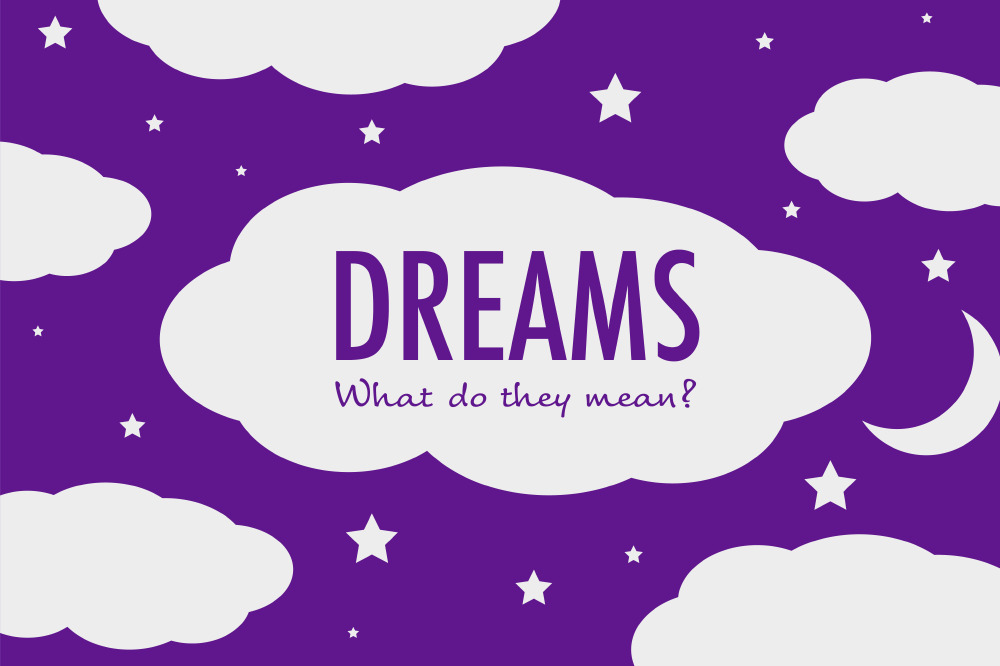When most people think of stargazing, they think of maps, coordinates and science facts. With this perspective, the stars above us can seem cold, distant and maybe even irrelevant to our life here on Earth. But that couldn’t be further from the truth. The stars are as much part of our natural world as a forest or beach – and just as beautiful.

Mindful Thoughts for Stargazers
At its root, mindfulness means bringing your attention into the present moment and becoming aware of your experience. You can be mindful of anything – your breath and bodily sensations, the feeling of the sun on your skin, the sound of the birds. Mindful stargazing is the act of bringing that same level of awareness to what we see in the night sky. And the great thing is we don’t need to go anywhere. The night sky is visible from everyone’s back garden (or even just through the window).
When you stargaze mindfully, it doesn’t need to be a clear night, you don’t need to know which star or constellation you’re looking at, or know anything about scientific concepts or cosmological theories. It’s just about looking up and immersing yourself in your experience. Perhaps you see a clear sky full of beautiful, twinkling stars. Perhaps all you see is a pale cloudy glow. That’s fine. Mindfulness also means doing your best not to judge what you find to be good or bad – or something you want or don't want. You just need to look up with inquisitiveness and interest.
When we do that, it deeply connects us to all of humanity back through the eons to the dawn of time. The nighttime starscape is the only view that has remained (essentially) the same for all that time – every other view has been transformed by ice ages, earthquakes and volcanoes. When we look up, we’re seeing the same stars in the same patterns as our forebears did from around their campfire thousands of years ago.
Mindful stargazing also gives us some additional benefits that are relevant to our modern world. Bright light just before bed – especially the light of screens – has been scientifically proven to affect sleep quality. So why not add a moment to your bedtime routine of going outside and enveloping yourself in darkness instead of checking social media? When you first look into the dark from being in a lit room it can take 10-15 minutes for your eyes to fully adjust, so why not take that time to check in with your body. Notice how you feel after your day; notice how you’re breathing. Take that time for yourself.
Then as you begin to look up, fix your gaze on one spot in the sky and become aware of the whole of your field of vision. Stress tends to make us tunnel-visioned, so when we purposefully tune into our visual periphery it sends signals to the body that it’s okay to relax.
Mindful stargazing is about developing a first-hand, experiential knowledge of what it is to ‘be’ in this vast Universe of ours. When we look up with wide-eyed curiosity and wonder, it helps us to get a new perspective and feel more in touch with the cosmos – with our home.
Mark Westmoquette is an Astrophysicist, Zen Teacher and the author of Mindful Thoughts for Stargazers, Stars, and The Mindful Universe. See more at markwestmoquette.co.uk
RELATED: What does it mean to dream about stars?
Perhaps you work really hard at your job, give your all to your partner, are a devoted parent or are committed to a hobby that’s important to you. If so- this is something you should be proud of- but ask yourself if you are taking this dedication to the extreme. If you were looking up at a sky full of stars in your dreamscape and focusing on one in particular, this might reflect something you really want. If you could- you would wish upon a star to make it come true. Consider what you yearn for the most in life and the star could be a representation of this. Once you can identify what it is- it might be time to go out and get it...


